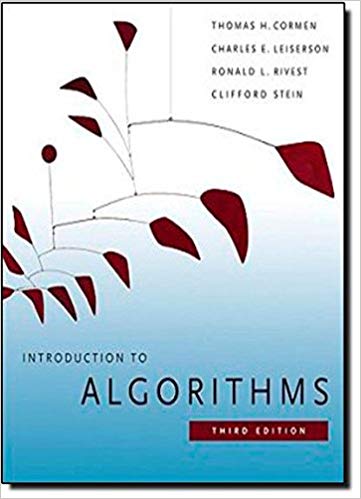We define the Josephus problem as follows. Suppose that n people form a circle and that we
Question:
We define the Josephus problem as follows. Suppose that n people form a circle and that we are given a positive integer m ≤ n. Beginning with a designated first person, we proceed around the circle, removing every mth person. After each person is removed, counting continues around the circle that remains. This process continues until we have removed all n people. The order in which the people are removed from the circle defines the (n, m)-Josephus permutation of the integers 1, 2, . . . ,n. For example, the (7, 3)-Josephus permutation is 〈3, 6, 2, 7, 5, 1, 4〉.
a. Suppose that m is a constant. Describe an O(n)-time algorithm that, given an integer n, outputs the (n, m)-Josephus permutation.
b. Suppose that m is not a constant. Describe an O(n lg n)-time algorithm that, given integers n and m, outputs the (n, m)-Josephus permutation.
Step by Step Answer:

Introduction to Algorithms
ISBN: 978-0262033848
3rd edition
Authors: Thomas H. Cormen, Charles E. Leiserson, Ronald L. Rivest





